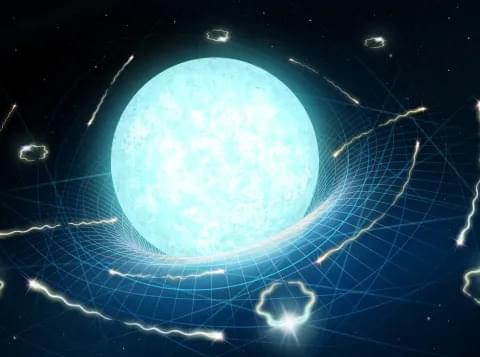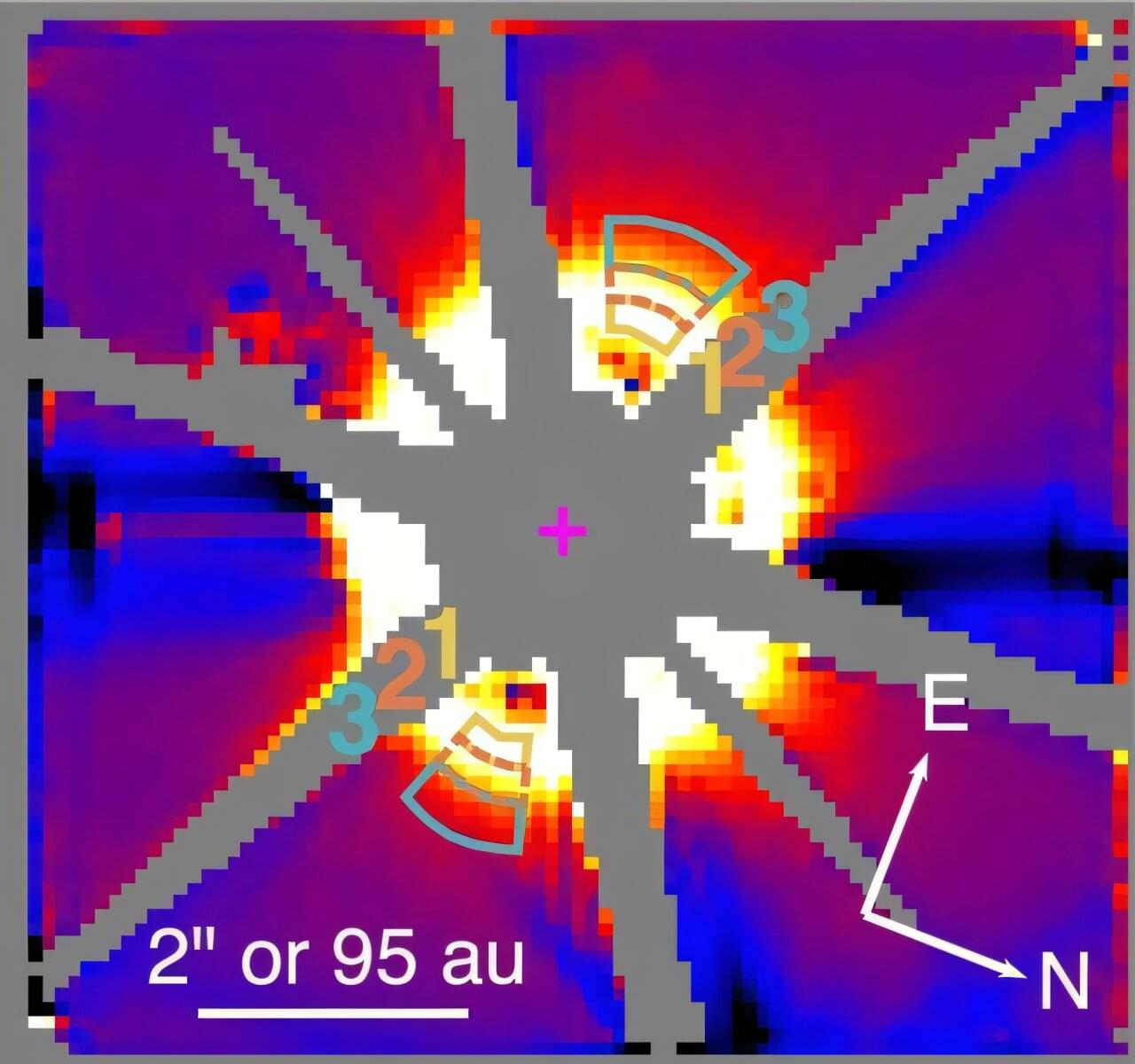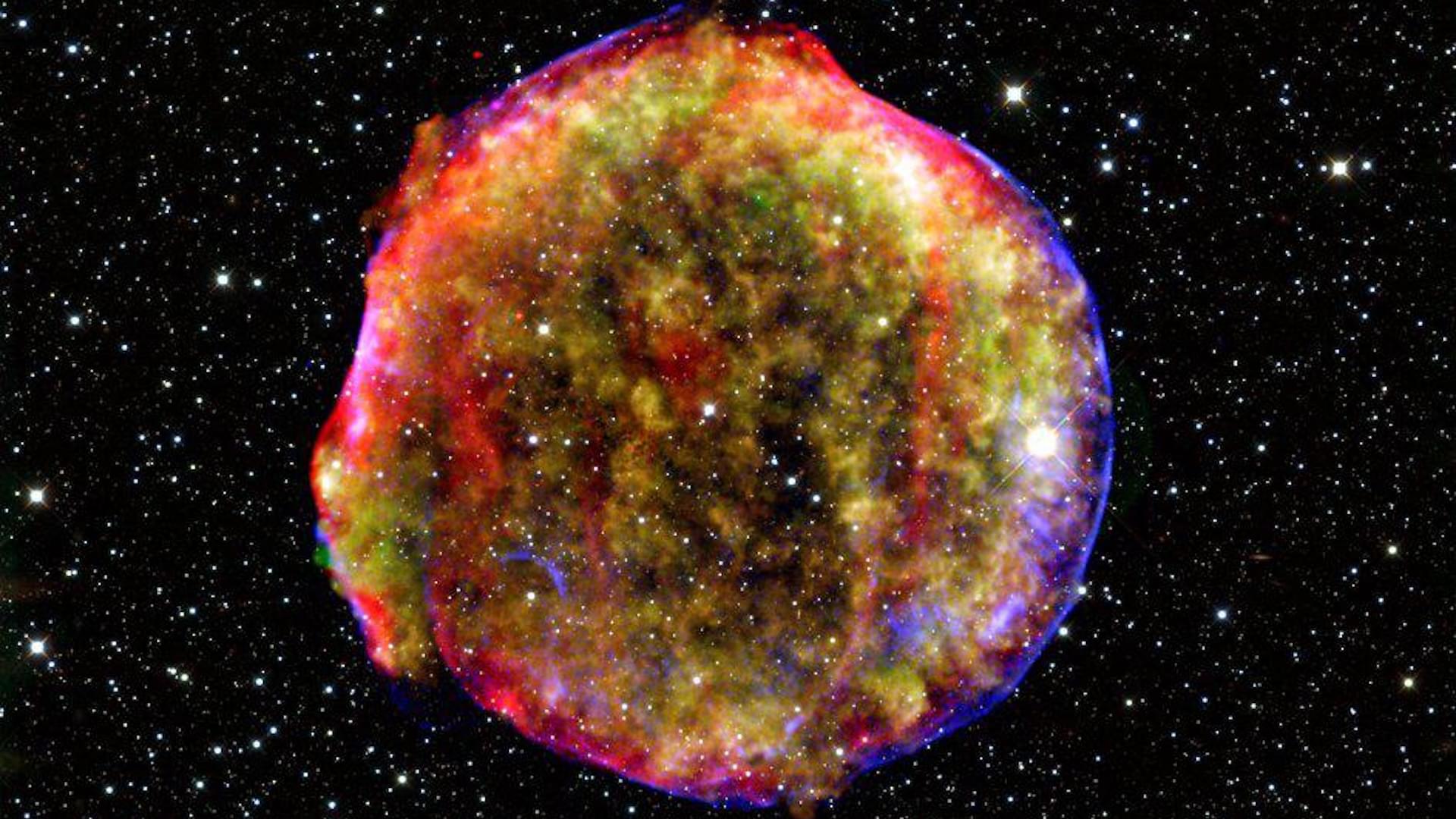Make a donation to Closer To Truth to help us continue exploring the world’s deepest questions without the need for paywalls: https://shorturl.at/OnyRq.
For subscriber-only exclusives, register for a free membership today: https://bit.ly/3He94Ns.
Mathematics is like nothing else. The truths of math seem to be unrelated to anything else—independent of human beings, independent of the universe. The sum of 2 + 3 = 5 cannot not be true; this means that 3 + 2 = 5 would be true even if there were never any human beings, even if there were never a universe! When then, deeply, is mathematics?
Support the show with Closer To Truth merchandise: https://bit.ly/3P2ogje.
Watch more interviews on mathematics: https://bit.ly/48H9RS7
Mark Balaguer is Professor of Philosophy at California State University, Los Angeles. His major book is Platonism and Anti-Platonism in Mathematics.







